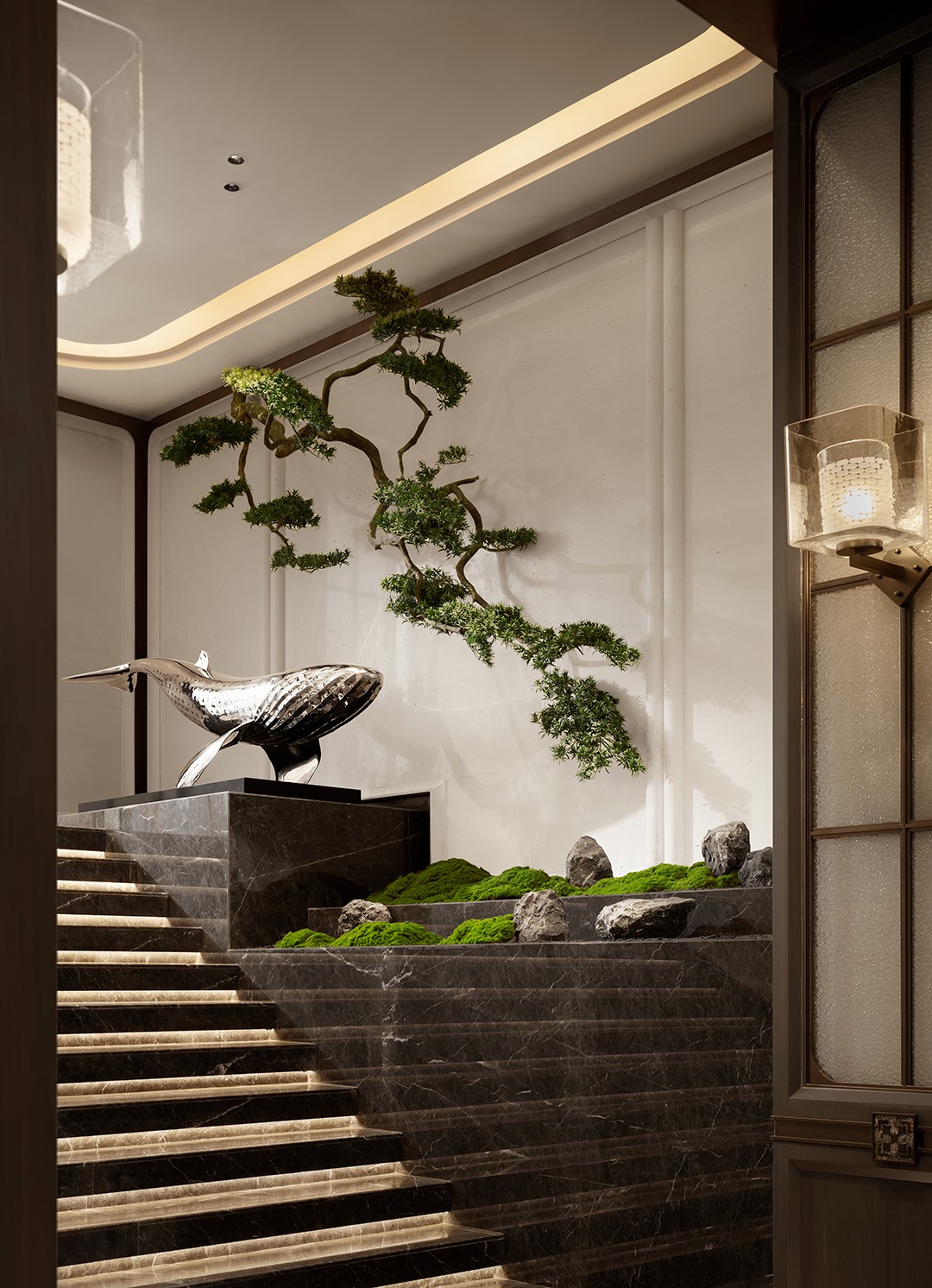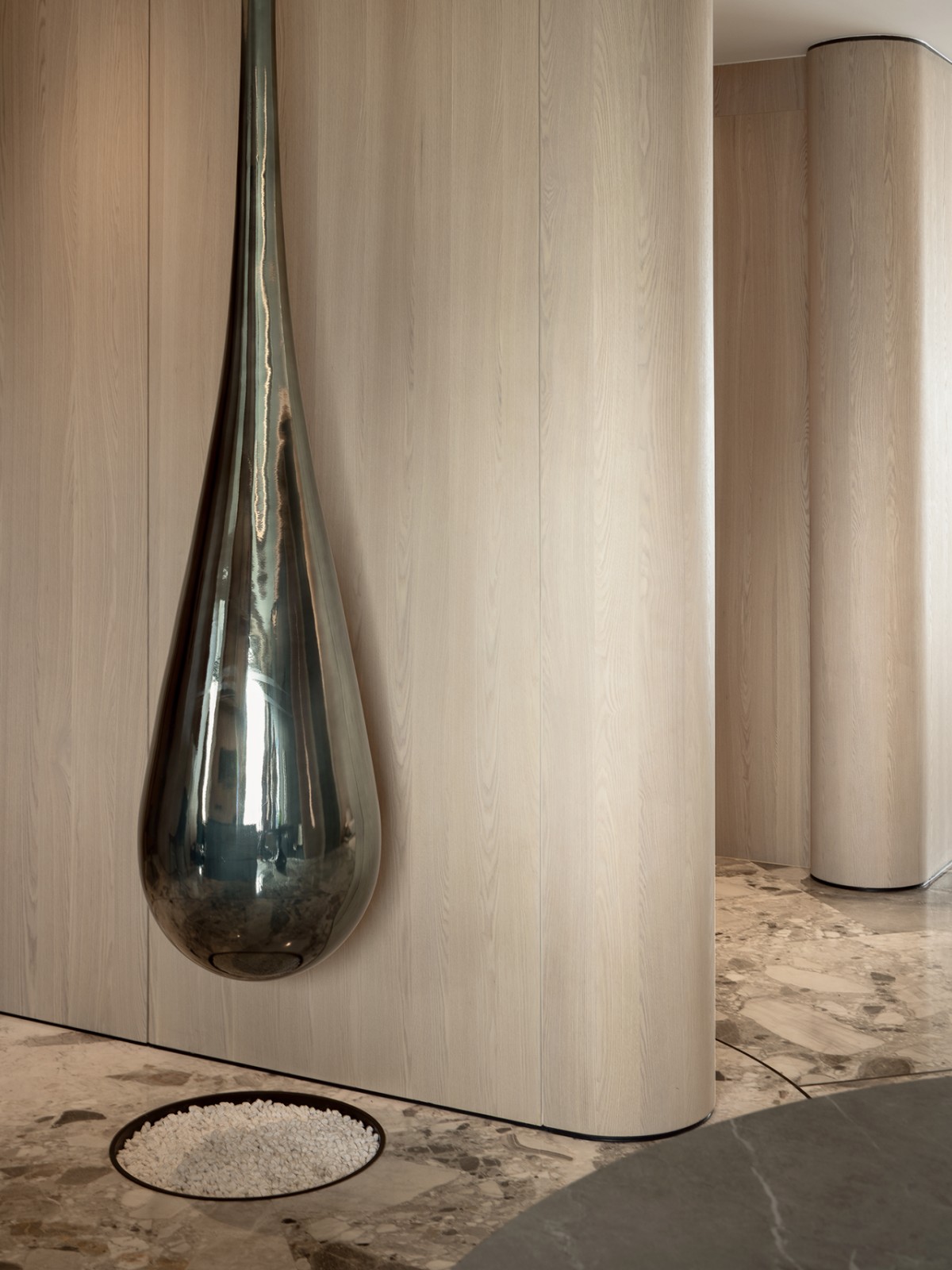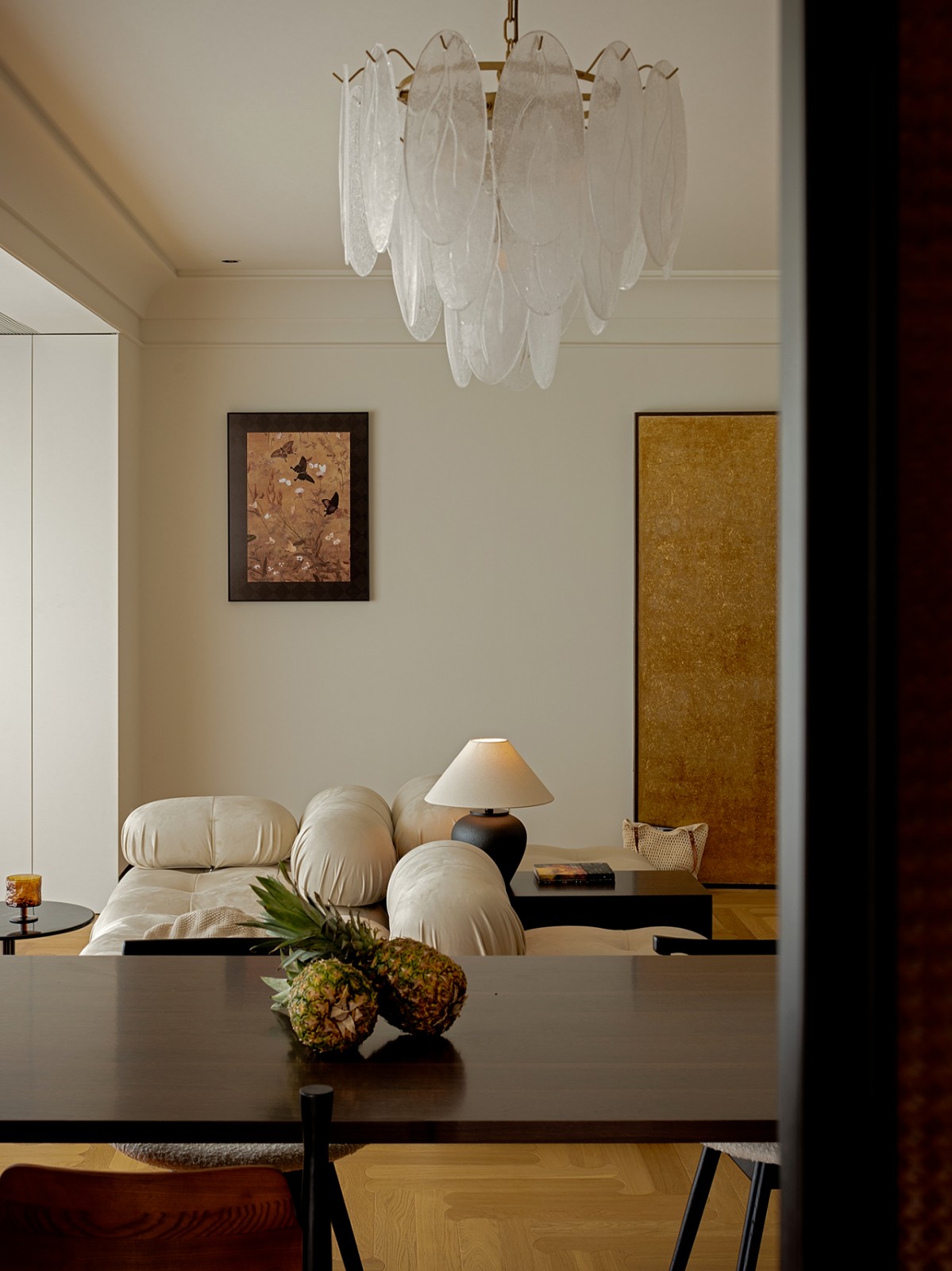Module Grid House Tetsuo Yamaji Architects
2016-05-16 20:00
架构师提供的文本描述。我们在关东北部郊区设计了一座房子。这是一对有两个小孩的年轻夫妇的房子。当我们设计这座房子的时候,我们意识到,当我们生活在一个当代社会时,我们所有人(包括我自己)都面临着一个共同的问题。
Text description provided by the architects. We designed a house in the suburban area of North Kanto. It is a house for a young couple with two small children. As we designed this house, we realized that there is a common question that we are all (including myself) confronted with when living in a contemporary society.
© Kenta Hasegawa
(3)长谷川甘田


不同家庭的家庭结构、家庭收入、工作方式、爱好、口味、天气和气候都不同。我们大多数人都希望在某种程度上是“特别的”,并拥有一种独特的生活方式。同时,我们都想和其他人一样,做一个普通的人。这些想法似乎相互矛盾,但它实际上是相当自然的感觉,并被认为是正常的消费者心理:我们都想要高质量的产品,但以一个廉价的价格。
Family structures, household incomes, working styles, hobbies, tastes, weather and climate are all different for different families. Most of us want to be “special” in some way and have a unique lifestyle. At the same time, we all want to be like everyone else, and be average. These thoughts seem conflicting, but it is actually quite natural to feel this way and is considered to be normal consumer psychology: we all want high quality products, but at a cheap price.


因此,“批量生产=预制”已成为一个必然的解决方案,所有的住房制造商都在关注这个问题。然而,正如学者岸田英德(Hideto Kishida)在1947年的“Kenchiku-zasshi”中所写的:“我希望发展预制房屋,但我个人不会订购预制房屋”。即使是战后生活的老一辈人也不认为预制是一个积极的解决办法。
Therefore, “mass-production = prefabrication” has been an inevitable solution, and all housing manufacturers have focused on it. However, just like scholar Hideto Kishida wrote in Kenchiku-zasshi in 1947: “I hope for the development of prefabricated houses, but personally I would’t place an order for a prefabricated house”. Not even the older generation who lived right after the war thought prefabrication was a positive solution.
© Kenta Hasegawa
(3)长谷川甘田


在这个项目中,我们的主题是“用批量生产的组件制造的非批量生产的房屋”,我们从建造方法上重新考虑了现代住宅的建设方式。
In this project, our main subject was “a non-mass-produced house made with mass-produced components”, and we reconsidered the way the modern housing should be in terms of the construction method.
© Kenta Hasegawa
(3)长谷川甘田


自从废除了日本的测量系统后,我们开始使用公制已经有六十年了。然而,日本的测量系统释迦牟尼仍然是建筑业的首选测量系统,尤其是在建造木屋时。在日本,大量生产的组件在日本的制造商中广泛分布,它们是通过“传统方法”在日本各地预制的。这使得任何人都有可能实现模块化协调,这意味着任何人只要能够在网格表上绘制布局,就可以成为架构师。
It has been about sixty years since we started using the metric system after abolishing the Japanese measuring system. However, Shakkanho, the Japanese measuring system, is still the preferred measuring system in the construction industry, especially when constructing wooden houses. In Japan, based on one Tatami mat (3 shaku x 6 shaku), mass-produced components have been widely distributed among manufacturers and they have been prefabricated through a “conventional method” all around Japan. This has made it possible for anyone to achieve modular coordination, meaning that anyone can become an architect as long as he or she can draw a layout on a grid sheet.
© Kenta Hasegawa
(3)长谷川甘田


通过使用测量系统来表达我们的表达-这对于日本人来说是很自然的-我们不仅想获得经济效益,而且在设计和体验上都要取得模块化的效果。
By using the measuring system for our expressions - something which comes so natural for Japanese people - we wanted to obtain not only economic efficiency, but also a modular effect when it come to both design and experience.


在楼层规划方面,1个网格由3个shaku x3 shaku(910 X 910 Mm)和6x8个网格的上层组成,并根据网格分配了房间。垂直地,我们把上层的高度设为4格(=2块地垫),并且保持简单。天花板上的萝卜是批量生产的,6米长的正方形木材(120×120毫米,通常用作柱子材料),我们已经使用了它们,没有切割它们。多余的部分用作屋檐。房子的尺寸取决于大量生产的部件,这使得它非常具有成本效益。在表现上,生动活泼来自于“物质”。而在经验方面,这种结构是建立在我们在日本都习惯的模块化体系的基础上的,这也确保了怀旧的舒适因素。
In terms of the floor planning, 1 grid has been composed of 3 shaku x 3 shaku (910 x 910mm), and the upper floor of 6 x 8 grids, and the rooms have been assigned according to the grids. Vertically, we have set the height of the upper floor at 4 grid (=2 Tatami mat ) and kept it simple. The rafters in the ceiling are mass-produced, six-meter-long square timbers (120 x 120mm, it is usually used as pillar material ), and we have used them as they are, without cutting them. The excess parts are used as eaves. The measurements of the house is dependent on the mass-produced components, which makes it very cost efficient. In terms of expression, the vividness comes through the “physical material”. And as for the experience, the structure is based on the modular system we are all accustomed to in Japan, which also assures the nostalgic comfort factor.
© Kenta Hasegawa
(3)长谷川甘田


就像米开朗基罗等人。这是一个巨大的秩序,用来逃避文艺复兴时期的经典建筑秩序,这是一个巨大的释迦牟尼,它取代了传统的支持日本建筑的释迦牟尼。所有日本人一直在寻找的理想的、正常的心态已经在他们都能接触到的自然系统中找到了。
Just like Michelangelo et al. used a giant order to escape the classic architectural order during the Renaissance, this is a giant Shakkanho, which replaces the traditional Shakkanho that has supported Japanese architecture. The ideal, normal state of mind that all Japanese people have been looking for has been found in a natural system they all already have access to.












































Architects Tetsuo Yamaji Architects
Location Saitama, Japan
Category Houses
Area 208.27 sqm
Project Year 2015
Photographs Kenta Hasegawa































